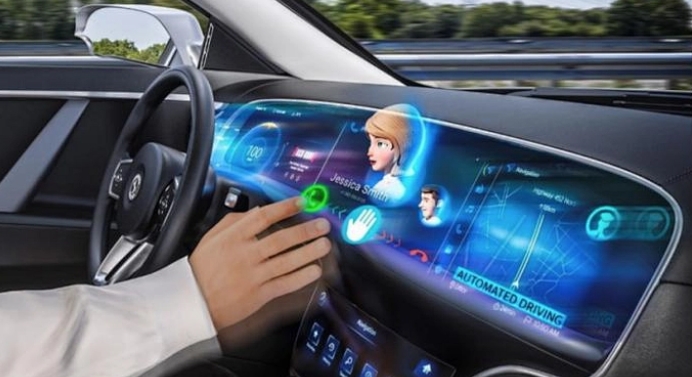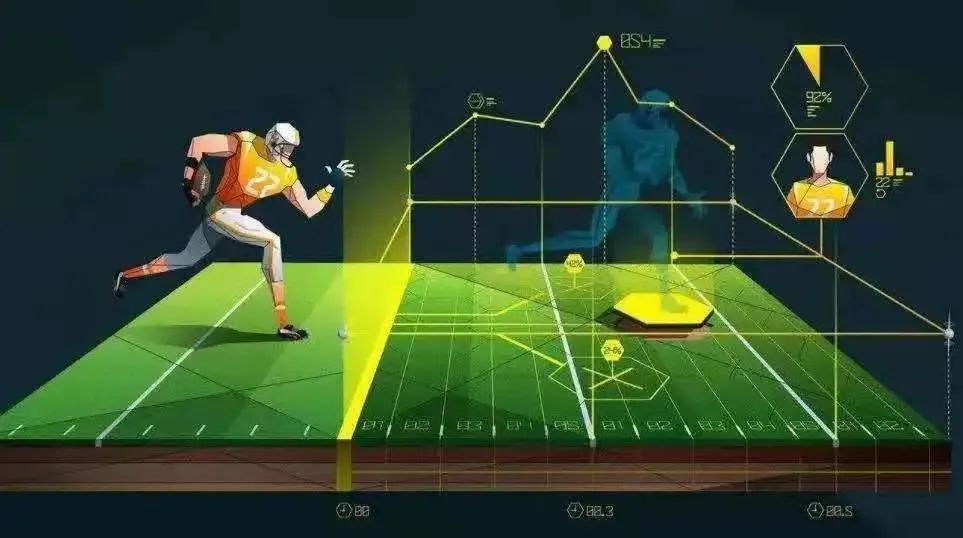Address: Room 1018, Building 2A, Skyworth Innovation Valley, Shiyan Street, Bao'an District, Shenzhen
Hotline:86-755-2735 0181
Address: First Phase Plant ,1# Zhongzhu South Road, Chuangxin Coast, Hi-Tech Area, Zhuhai City
Hotline:86-756-3639 592
In 2022, the LED display industry will operate at a low level. The loss area of upstream and midstream manufacturers has expanded, the survival pressure of small and medium-sized enterprises among downstream manufacturers has increased, and the growth of leading enterprises has declined. This series of impacts led to a significant decline in the terminal price of the industry market since 2022, and further promoted the intensification of market competition.
LED direct display products "price polarization"
At present, among LED direct display products, "the price trend of popular products and cutting-edge products is accelerating differentiation", showing an unbalanced pattern of market development.
On the one hand, the price of LED direct display products with P1.2 and above spacing indicators continued to decline. P1.2 The price per square meter of the product has dropped to one-third of the price when the product came out. This has greatly promoted the market popularization of corresponding products. In the mature product line, the price of P1.5 products even dropped to the level of 10000 yuan per square meter, becoming the driver of "high-speed popularization" of high-quality LED display with small spacing.
On the other hand, the price of emerging cutting-edge products, such as P0.7 and display products with smaller spacing, is still high. P0.7 product price can be nearly 10 times that of P1.5 product. Especially for P0.4 products, although they almost have the pixel display density comparable to the LCD screen, the price cost has exceeded the market affordability, greatly limiting the expansion of product application space.
On the whole, LED direct display products show that: from the technical point of view, the price cost is positively related to the pixel density, and the higher the pixel density, the more the cost increases; From the perspective of time, mature products benefit from low technology threshold and large market scale, especially the formation of a large number of application demand and more brand supply pattern over the years, which has promoted the popularization of low-cost products; At the same time, from the perspective of market demand, the higher the pixel density and the higher the cost of products, the closer they are to the smaller application screen size, the higher the market overlap with other display products such as large-screen LCD, and the more difficult it is to expand the market demand under the high cost.
Due to the existence of these laws, LED direct display products present an extreme price "differentiation" trend: P1.2 and above spacing products, the price continues to decline, achieving large-scale market popularization, and the market competition is fierce and sufficient; The products with ultra-fine spacing below P1.0 are still in the stage of market exploration, the market objectives are not very clear, and the price costs remain high - even, a large number of industry enterprises currently have only P0.9 LED mass production products with the minimum spacing, and there is no specific plan to continue to develop products with higher pixel density.
The price watershed is also the watershed of competition law
"P1.2 products have become the watershed of competition!" Some industry insiders pointed out that the ultra-micro-space LED products below P1.0 need to develop new packaging and integration processes with massive transfer or similar massive transfer, which puts forward new technical requirements for industry enterprises. In contrast, P1.2 and above small-space LED direct display products can be completed with ordinary surface mounting process - which leads to huge differences in product market threshold.
From a certain point of view, products with a distance of more than P1.2 now face "competition beyond technology realization". Including cost competitiveness, comprehensive scheme creativity competitiveness, brand attraction, channel ability, and the ability to realize multiple business models, etc. The market competition of such mature products is shifting to "market segmentation as the center".
For example, digital cinema large screen, virtual XR production scenes, etc., currently mainly adopt mature products with a spacing of more than P1.2. However, these scenarios often have higher requirements for product quality, visual effect and reliability. Suppliers must have the leading position and good image in the industry to really participate. For example, P1.2 and other products are also widely used in shopping malls for advertising display, while shopping malls with different sizes and target consumers have different price acceptance capabilities - which makes the price difference between products of different brands in the LED direct-display digital signage market relatively large.
At the same time, mature products also pay more attention to the design of different applications: such as cube screen, 3D bare eye screen, transparent screen, floor tile screen, lightweight products, large size splicing unit, digital signage integrated machine screen and other products. These subdivided products are completely developed according to the requirements of "application scene space". There is no significant threshold in technology, but they can facilitate application and bring new value to display.
In contrast, the market competition of products with ultra-fine spacing below P1.0, especially those with P0.7/P0.4, still takes "technological" innovation as the main dimension: on the one hand, through technological progress, product costs can be continuously reduced and market competitiveness can be upgraded; On the other hand, the application goals of these products are all based on the "high-tech" experience. For example, the 8K display at the 100-200 inch level. In terms of basic process technology, emerging technologies such as glass substrate, active drive, new packaging and mass transfer also appear on products with ultra-fine spacing indicators.
At the same time, among ultra-fine spacing products, in addition to P0.9/p0.7 products, which are widely used in large screen projects in command and dispatching centers and control rooms, products with smaller spacing often appear in the form of "all-in-one machine concept". Even some products that need to be spliced on site also use the concepts of "quasi-integrated machine" and "intelligent large screen" to directly integrate intelligent computing, audio, and even touch screen and writing functions.
"Compared with the pure engineering color of P1.2 and above spacing products, the ultra-fine spacing product market is more similar to the traditional commercial or educational multimedia machine, and even to the home TV"! It can be said that with P1.0 as the dividing line, LED direct display has formed two distinct market segments - different target applications, different product forms, different customer groups, different costs, and significantly different technical thresholds.
The support of emerging applications is limited, increasing the intensity of industry competition
The future of ultra-fine spacing LED direct display products is unlikely to be the "replacement" of traditional P1.2 and above spacing indicator products. Industry experts pointed out that this is not only determined by the product cost, but also by the characteristics of product technical indicators.
In fact, the industry believes that products with a spacing below P0.7 have faced the competitive pressure of large LCD screens. After the development of LED direct display to ultra-fine spacing, the market pattern has changed from "the irreplaceable king of large screen splicing" to "a member of the competition with LCD and other display technologies". This kind of change can make the ultra-fine spacing products "imitate" the market value and terminal shape of large LCD screens, but it is also bound to face the positive competition of LCD devices. Especially in the market below 110 inches, LCD devices have advantages in price and integration.
Therefore, despite the continuous technological progress of ultra-fine spacing LED products, the opening speed of market space is not ideal. This has actually formed a pattern of many enterprises. The introduction of ultra-micro-spacing products is more a symbol of "technical strength" than a "profit support point": at least at present, the demand scale for ultra-micro-spacing LED direct display products cannot support a huge supply camp like the traditional small-spacing LED market.
Under the market pattern of emerging applications and ultra-fine spacing emerging products, the competition of LED direct display industry will inevitably focus on "mature market" and "mature product line". That is, the market competition intensity of P0.9 and above products continues to grow with the increase of industry participants (such as ICT brands, color TV brands, LCD business display brands). From a certain point of view, LED direct-display enterprises can no longer achieve the continuous leadership of leading enterprises by iterating product generations and technical specifications as they did many years ago; It is necessary to build a more complex comprehensive competitiveness system.
To sum up, today's LED direct-display enterprises have "incomparably strengthened" their dependence on other competitive factors other than pure technological progress. From the perspective of industrial development, the LED direct display industry will inevitably enter the "technology maturity period", and then change from a technology-leading industry to a comprehensive service competitiveness industry. With the LED direct display entering the era of ultra-fine spacing, the technological growth is approaching the ceiling, and the occurrence and development of this transition is becoming ongoing.



I consent to receive emails about news, marketing&product updates from Retop in accordance with the Retop Privacy Policy